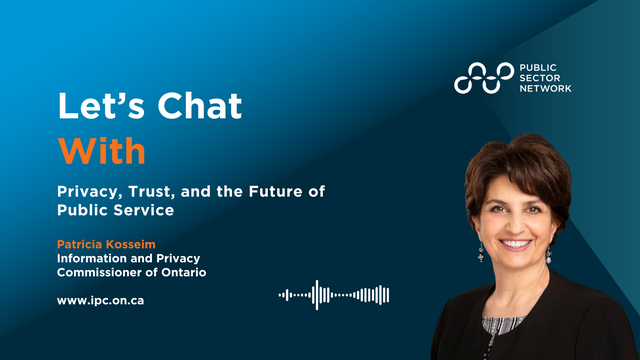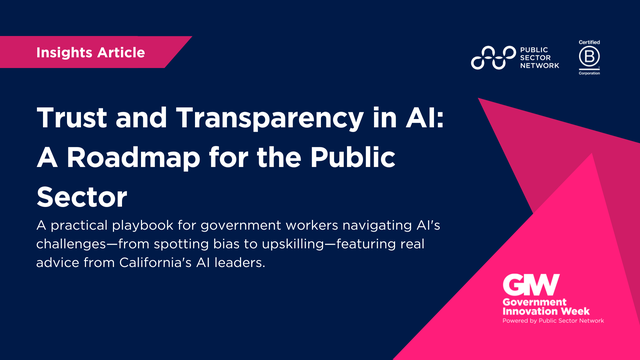
By Tracey Wilson, Service Owner in UK government
“Chatbots can’t fix disorganised content.”
That line from the Content Design London blog has been echoing in my head lately, especially as I hear about more chatbots being added to services and content.
I don’t know if they’re always meant as a quick fix but I do know we’re often adding them on top of unresolved content issues.
Give it a friendly interface. Make it feel helpful. But if the content underneath is cluttered or contradictory, a chatbot doesn’t solve that.
It can just route people to the wrong thing but faster!
What I’m seeing
In recent work across digital content and service delivery, a few familiar patterns keep surfacing:
Content published with no clear ownership or plan to maintain it
Journeys that confuse, stall, or redirect users midstream
Pages that linger long after they’re useful—or even accurate
These aren’t isolated mistakes.
They’re the predictable result of treating publishing as the end of the job not the start of a product lifecycle.
And without a shared understanding of content as infrastructure, (the systems, roles, and care behind it), content debt just keeps growing.
What’s being done about It
The good news is there’s movement. Where I work we’re starting to:
Audit and reduce outdated or duplicative content
Clarify ownership and responsibilities beyond publishing
Improve information architecture so journeys feel designed, not accidental
Shift the mindset from “get it live” to “who’s looking after this, and how do we know it works?”
It’s not flashy. It’s not fast. And it’s rarely resourced as well as it should be. But it’s foundational.
Because content isn’t decoration—it’s the structure users stand on.
Why the chatbot isn’t always the answer
I’m not anti-chatbot. Used in the right place—like navigating structured, well-maintained content—they can absolutely help.
But too often, they’re deployed as a shortcut. A way to smooth over complexity without tackling the cause.
If your content is out of date, hard to understand, or scattered across pages no one maintains, a chatbot won’t solve that. It may just help people reach the wrong answer faster!
Worse—it can create a false sense of progress. It makes things look smarter than they are.
And when we invest in the interface before fixing the infrastructure, we’re doubling our work and deepening the debt.
Final Thought
The pressure to “do something with AI” is real. But we need to be honest about what we’re layering it onto.
Chatbots don’t fix unclear, unmaintained, or unloved content. They amplify whatever’s already there, for better or worse.
That’s why the hard work of sorting, improving, and stewarding our content still matters. Not instead of AI, but because of it.
Because it’s not just about the tools we build. It’s about the ones users already bring with them: search engines, chat assistants, and large language models that scrape, summarise, and reinterpret our words.
If we want users to get accurate, actionable information—wherever they find it—we need to build and maintain content that earns that reach.
We don’t need to be anti-chatbot. We just need content that’s good enough to deserve one.
Original source material here:
































